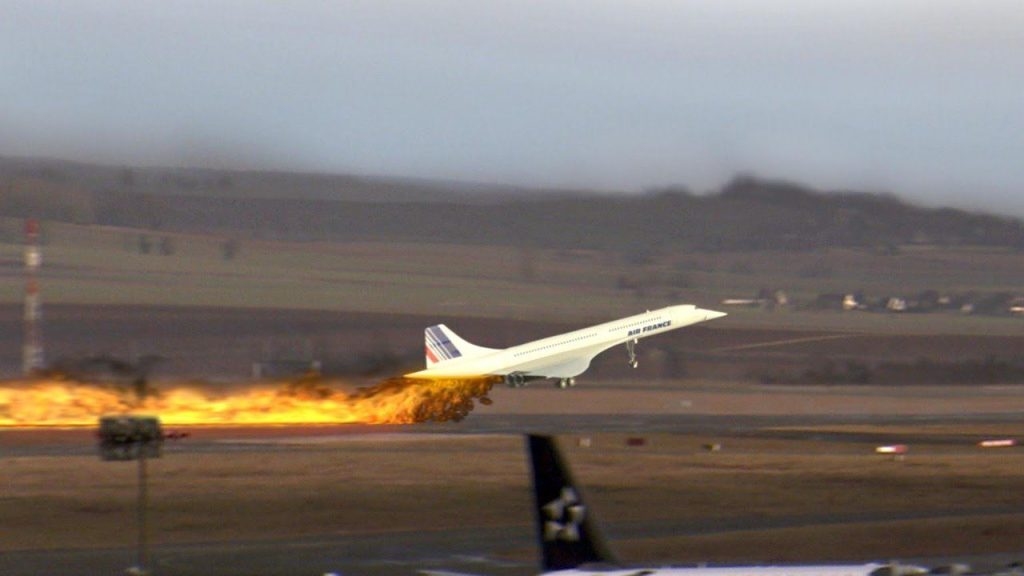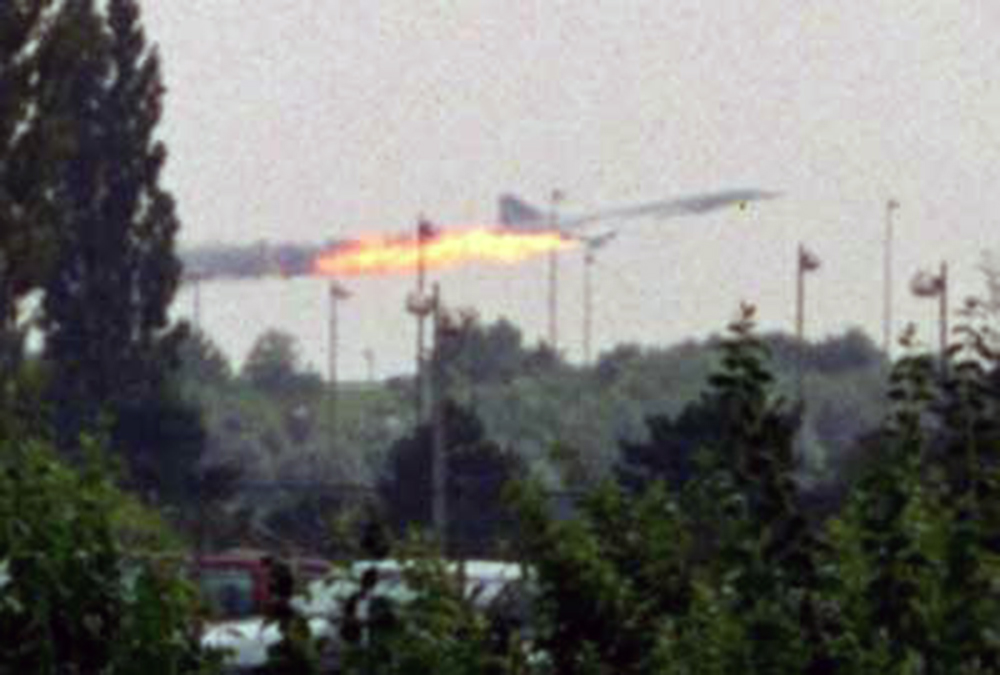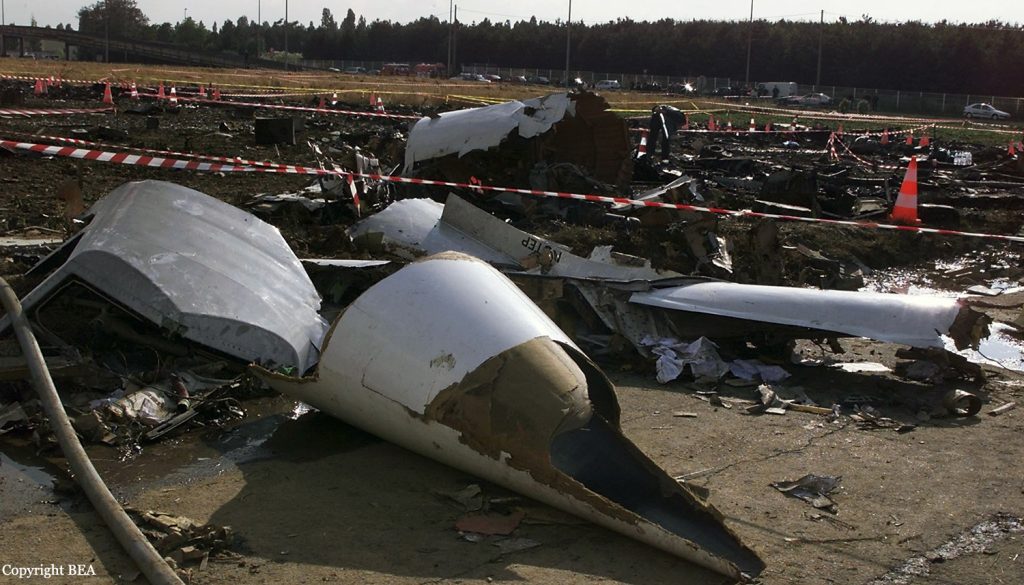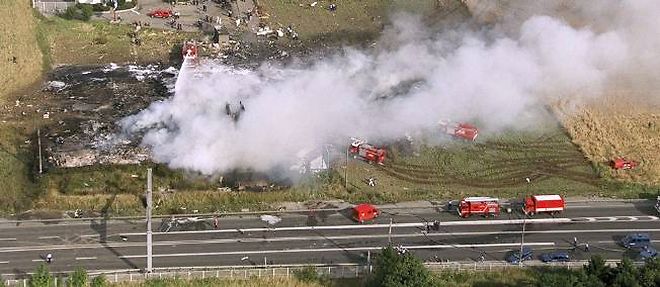Engineering Disasters: Concorde Crash
The Concorde crash is one of the most tragic incidents in aviation history and serves as a stark reminder of the devastating consequences that engineering failures can have. On July 25, 2000, Air France Flight 4590, a Concorde supersonic aircraft, crashed shortly after takeoff from Charles de Gaulle Airport in Paris, resulting in the loss of all 109 people on board and 4 individuals on the ground. This catastrophic event shed light on critical design flaws and engineering shortcomings that ultimately led to this disaster.
The Concorde was a marvel of engineering, capable of flying at twice the speed of sound and transporting passengers across the Atlantic in just a few hours. However, its complex design and technological advancements also presented significant challenges. One of the main factors contributing to the crash was a strip of debris on the runway, which was left behind by a preceding aircraft. As the Concorde accelerated during takeoff, one of its tires struck the debris, causing a rupture that sent rubber fragments flying into the fuel tank.
The fuel tank was another major design flaw that proved to be a fatal vulnerability. The Concorde used a unique fuel system that relied on a foam-filled structure to minimize the risk of explosion. However, this foam was not resistant to the high-temperature generated by the supersonic flight, and over time, it degraded, leaving the fuel tank susceptible to damage. When the rubber fragments punctured the tank, a fire erupted, engulfing the wing and impairing the aircraft’s control systems.
Additionally, the flight crew’s response to the crisis was hindered by inadequate training and insufficient emergency procedures. The pilots struggled to regain control of the aircraft as it veered off course, and their efforts to extinguish the fire were ultimately futile. The Concorde’s inability to handle a catastrophic failure during takeoff, coupled with the crew’s lack of preparedness for such an event, contributed to the severity of the crash.
The Concorde crash had far-reaching consequences for the aviation industry. It exposed critical flaws in the aircraft’s design, leading to subsequent modifications and safety enhancements. Following the crash, Concorde flights were temporarily suspended, and extensive investigations were conducted to identify the causes and prevent similar incidents in the future. Ultimately, the disaster marked the beginning of the end for the iconic Concorde, as public confidence in the aircraft waned, and economic viability became increasingly challenging.
The Concorde crash stands as a tragic reminder of the importance of rigorous engineering standards, thorough testing, and continuous improvement in ensuring the safety of complex systems. It serves as a lesson for engineers and regulators alike, emphasizing the need for meticulous attention to detail and a commitment to addressing any potential vulnerabilities. By learning from such disasters, the engineering community can strive to prevent future tragedies and make advancements that prioritize both innovation and safety in equal measure.
Hits: 0











